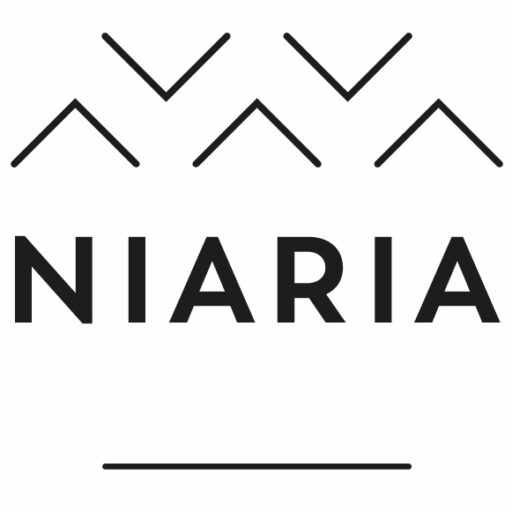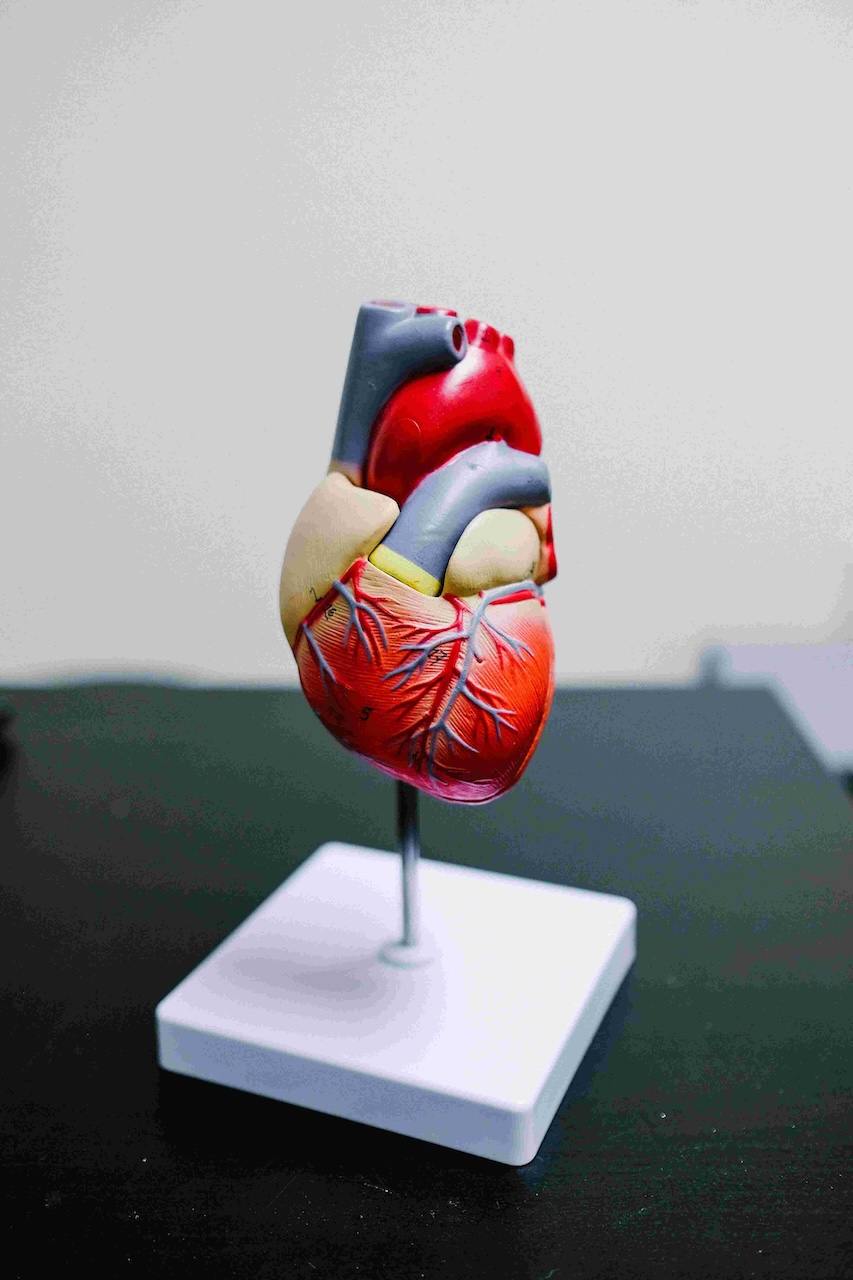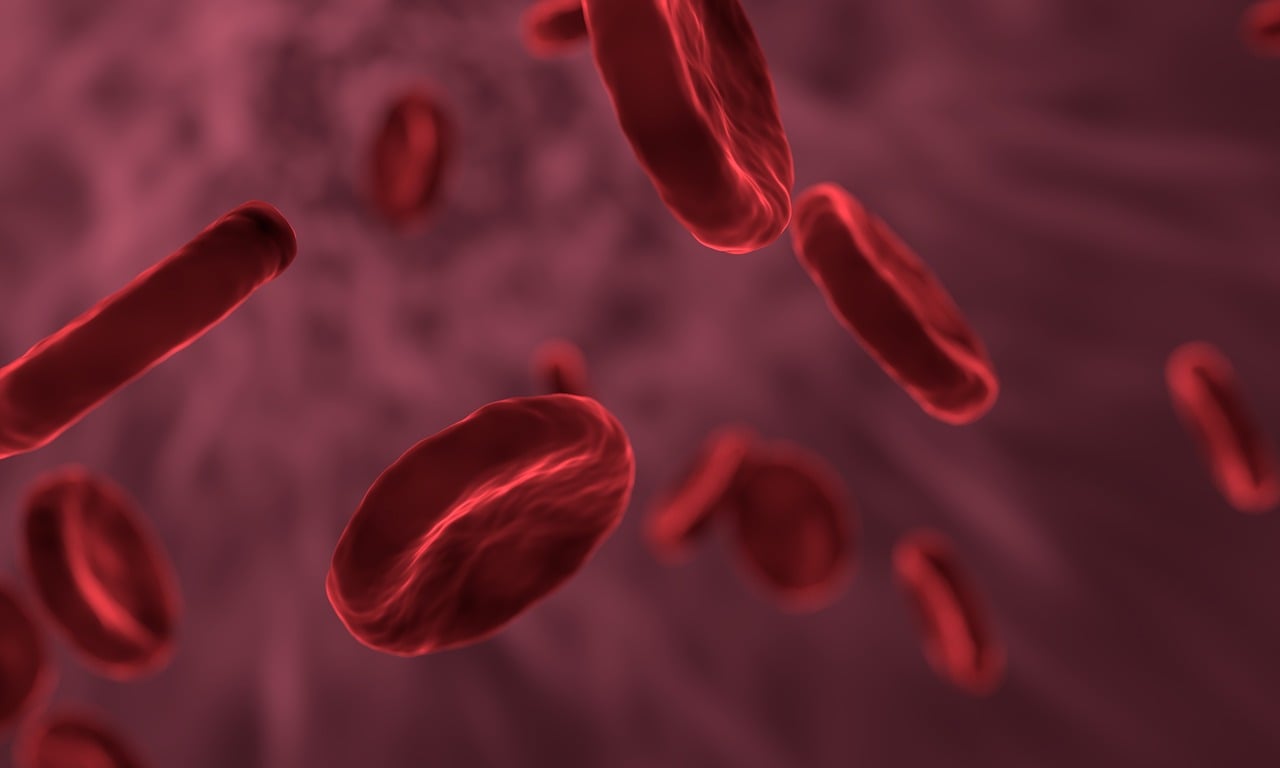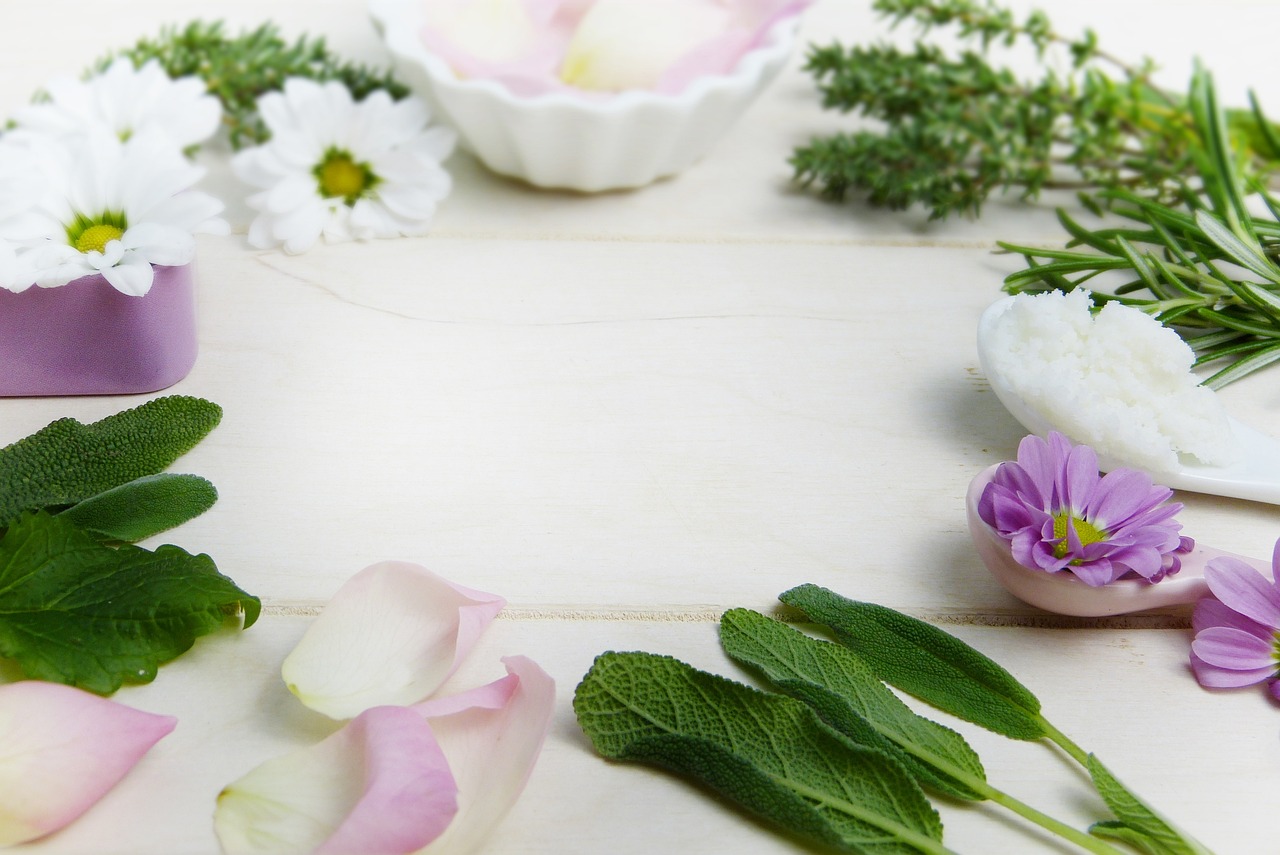
Introduction
In today’s world, natural and herbal treatment methods are gaining increasing attention. One such method is phytotherapy, a form of treatment with a history spanning thousands of years, defined as the use of plants for medicinal purposes. Phytotherapy holds a significant place in both traditional and modern medicine. This article will explore in detail what phytotherapy is, how it works, its advantages and disadvantages, and the conditions under which it is used.
What is Phytotherapy?
Phytotherapy is a branch of medicine that aims to treat diseases using herbal remedies. In this method, various parts of plants—such as leaves, roots, flowers, seeds, and others—are used to produce various medicines and supplements. The term phytotherapy comes from the Greek words “phyton” (plant) and “therapeia” (treatment). Throughout history, humans have used plants to treat diseases, and this tradition continues today.
The History of Phytotherapy
The origins of phytotherapy can be traced back to the beginnings of human history. Early humans discovered the healing properties of plants in their environment and began using them to treat ailments. Ancient civilizations such as Egypt, China, India, and Greece were among the first to systematically apply herbal treatment methods. For example, in Ancient Greece, Hippocrates used herbal remedies to treat diseases.
During the Middle Ages, herbal treatment methods were preserved and developed in monasteries. Particularly in Europe, medicinal herbs grown in monasteries were used to treat the sick. In the 19th century, with the development of modern medicine, phytotherapy gained a scientific foundation, and studies on the efficacy of herbal medicines increased.
Basic Principles of Phytotherapy
Phytotherapy aims to support the body’s healing process by using the natural chemicals found in plants. The basic principles of phytotherapy include:
Naturalness:
Phytotherapy works with plant-based products obtained entirely from natural sources. This makes it an attractive option for individuals looking to avoid the side effects of chemical drugs.
Holistic Approach:
Phytotherapy focuses on treating the individual, not just the disease. This involves creating a treatment plan that considers the patient’s overall health, lifestyle, and environmental factors.
Low Side Effects:
Herbal medicines generally have fewer side effects compared to chemical drugs. However, this does not mean that side effects are completely absent; improper use of plants can lead to serious health issues.
Personalized Treatment:
Phytotherapy involves treatment plans that are tailored to the specific needs of each patient. This depends on factors such as the patient’s body structure, the type and severity of the disease.

Plants Used in Phytotherapy and Their Effects
Phytotherapy develops treatment methods by using various parts of different plants. Here are some commonly used plants in phytotherapy and their medicinal properties:
Aloe Vera:
Aloe vera is widely used in the treatment of skin burns and wounds. The gel inside has anti-inflammatory and moisturizing properties that support skin health.
St. John’s Wort:
St. John’s wort is a plant that can be used to treat depression and anxiety. It is known for its calming effects on the nervous system.
Ginger:
Ginger is effective in treating conditions such as nausea, colds, and digestive problems. It also has anti-inflammatory properties.
Echinacea:
Echinacea helps strengthen the immune system. It is particularly used in the treatment of colds and flu.
Ginseng:
Ginseng is known for its energy-boosting and immune-strengthening properties. It is also effective in managing stress and enhancing mental performance.
Lavender:
Lavender is commonly used to treat insomnia and anxiety due to its relaxing and sleep-regulating effects. Lavender oil is widely preferred in aromatherapy.
Mint:
Mint is used to treat digestive system problems, headaches, and colds. It has a refreshing and soothing effect due to the menthol it contains.
Advantages of Phytotherapy
Phytotherapy has many advantages and has become a popular alternative treatment method. Here are the main advantages of phytotherapy:
Natural Treatment Option:
Phytotherapy offers a more natural treatment method compared to chemical drugs. This is an ideal option, especially for those looking to avoid side effects.
Prevention of Diseases:
Phytotherapy can be effective not only in treating diseases but also in preventing them. For example, plants that strengthen the immune system protect the body against infections.
Fewer Side Effects:
Herbal treatment methods generally have fewer side effects compared to chemical drugs. This is particularly advantageous in cases requiring long-term treatment.
Personalized Treatment:
Phytotherapy offers treatment plans tailored to the individual’s specific needs. This makes the treatment more effective and personalized.
Cost-Effectiveness:
Phytotherapy is usually a more economical treatment method compared to chemical drugs. Herbal products are readily available and inexpensive.
Holistic Approach:
Phytotherapy views the body as a whole and not only aims to treat symptoms but also to address the root cause of the disease.
Disadvantages and Risks of Phytotherapy
Although phytotherapy has many advantages, there are also some disadvantages and risks associated with it. Therefore, it is essential to consider several important factors before using phytotherapy:
Risk of Misuse:
Improper use of herbal products can lead to serious health problems. Especially high doses of herbal products can have toxic effects.
Slow Effect:
The effects of phytotherapy may be slower compared to chemical drugs. This can make phytotherapy less preferable in acute conditions.
Lack of Knowledge:
Applying herbal treatment methods without sufficient knowledge of phytotherapy can lead to undesirable outcomes. Therefore, it is important to conduct phytotherapy practices under expert supervision.
Drug Interactions:
Herbal medicines can interact with some chemical drugs. This can cause unexpected side effects during the treatment process. Therefore, it is important to consult a healthcare professional before starting phytotherapy.
Standardization Issues:
The quality and content of herbal products can vary depending on the production processes. This can affect the efficacy and reliability of the products.
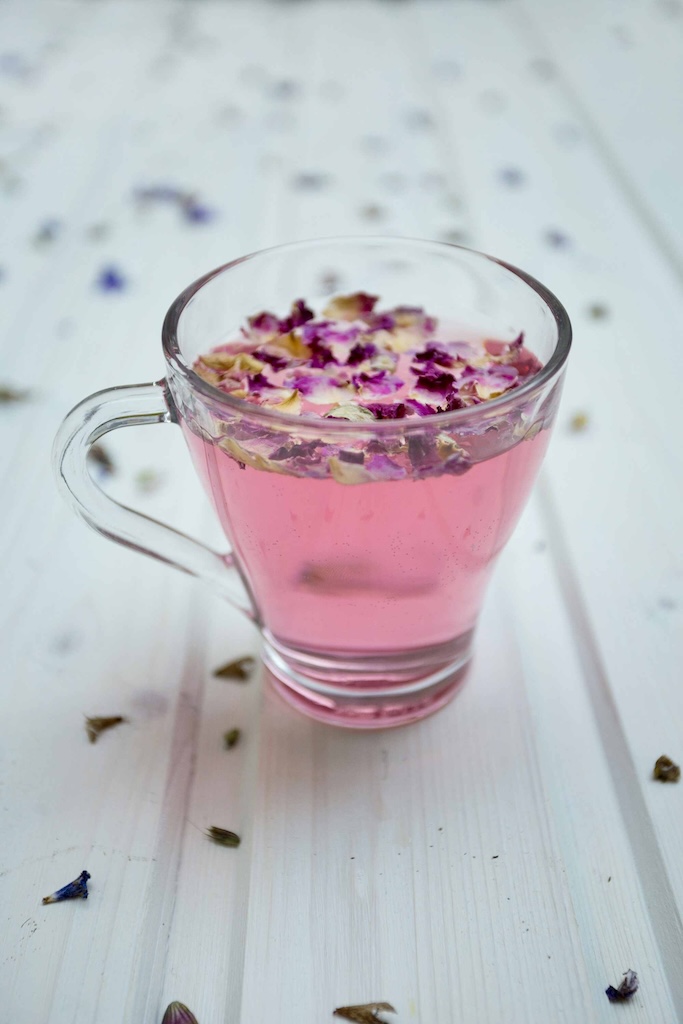
Applications of Phytotherapy
Phytotherapy can be used to treat a wide range of health issues. Here are some common areas where phytotherapy is used:
Digestive System Problems:
Plants like mint, ginger, and chamomile are commonly used to treat digestive system problems. These plants help alleviate conditions such as nausea, indigestion, and gas.
Immune System Strengthening:
Plants like echinacea and ginseng help strengthen the immune system and protect the body against infections.
Sleep Disorders:
Plants like lavender and lemon balm are used to treat insomnia and anxiety due to their relaxing effects.
Stress and Anxiety:
Plants like St. John’s wort and kava kava help relieve symptoms of stress and anxiety through their calming effects on the nervous system.
Skin Problems:
Herbal products like aloe vera and tea tree oil are effective in treating skin burns, acne, and eczema.
Women’s Health:
Phytotherapy can be used to address women’s health issues such as menstrual cycle regulation, relief of menopausal symptoms, and increased fertility. For example, raspberry leaf and yarrow are commonly used in such conditions.
Respiratory Infections:
Plants like eucalyptus and sage are effective in treating respiratory infections such as colds, flu, and bronchitis.
The Future of Phytotherapy
Interest in phytotherapy is steadily increasing today. People are turning to more natural and side-effect-free treatment methods. Moreover, research on the scientific foundations of phytotherapy is accelerating. In the future, herbal medicines are expected to be used more widely and integrated with modern medicine.
Furthermore, innovations and technological advancements in the field of phytotherapy will allow significant steps to be taken in increasing the effectiveness of herbal medicines and minimizing side effects. Especially developments in areas like nanotechnology and biotechnology may enable the more precise and effective use of herbal medicines.
This comprehensive guide aims to develop a conscious approach to phytotherapy for readers who want to explore these healing methods offered by nature. By using these valuable resources provided by nature correctly, it is possible to take important steps towards a healthy and balanced life.
Comparison of Phytotherapy with Other Alternative Medicine Approaches
Comparison with Aromatherapy
Similarities:
Natural Sources:
Both phytotherapy and aromatherapy rely on natural sources for their treatments. Phytotherapy uses various parts of plants (roots, leaves, flowers), while aromatherapy primarily utilizes essential oils derived from plants.
Holistic Approach:
Both methods aim to treat the whole person rather than just symptoms. Phytotherapy focuses on overall health and natural remedies, while aromatherapy is often used to improve emotional and mental well-being, promoting relaxation and balance.
Differences:
Application Methods:
Phytotherapy is typically applied through teas, capsules, tinctures, and ointments. Aromatherapy, on the other hand, is usually applied through inhalation of essential oils or topical application via massage.
Treatment Goals:
Phytotherapy is commonly used to address physical health issues (e.g., digestive problems, immune system support). Aromatherapy focuses more on emotional and psychological states (e.g., stress reduction, sleep disorders).
Scientific Basis:
Phytotherapy is supported by scientific research on the effects of plant compounds. Aromatherapy, while beneficial, has less extensive scientific backing and relies more on traditional and experiential evidence.
Comparison with Homeopathy
Similarities:
Alternative Approaches:
Both phytotherapy and homeopathy are alternative medicine practices outside of conventional medicine. They offer natural treatment options and aim to avoid chemical drugs.
Personalized Treatment:
Both methods provide personalized treatment plans based on individual needs. Homeopathy uses highly diluted substances tailored to symptoms, while phytotherapy adjusts plant-based remedies according to individual health requirements.
Differences:
Treatment Principles:
Phytotherapy utilizes plant chemicals to support the body’s healing processes. Homeopathy is based on the principle of “like cures like,” using highly diluted substances to treat symptoms.
Scientific Basis:
Phytotherapy is grounded in scientific research on the effects of plant-based treatments. Homeopathy’s effectiveness is more controversial, with many in the scientific community questioning its efficacy due to the extreme dilution of substances.
Scope:
Phytotherapy addresses a broad range of health issues with various plant parts. Homeopathy focuses more on specific symptoms and overall balance rather than a wide range of conditions.

Practical Phytotherapy Suggestions
Simple Recipes for Home Use
Herbal Teas:
Peppermint Tea:
Useful for digestive issues and relieving nausea. Add a few fresh peppermint leaves to boiling water and steep for 5-10 minutes.
Chamomile Tea:
Beneficial for relaxation and alleviating insomnia and anxiety. Steep a teaspoon of dried chamomile flowers in a cup of boiling water for 10 minutes.
Tinctures:
Echinacea Tincture:
Helps boost the immune system. Combine echinacea roots with alcohol and let it sit for several weeks. Take a few drops daily.
St. John’s Wort Tincture:
Can aid in treating depression and anxiety. Prepare by soaking St. John’s Wort flowers in alcohol for a few weeks, then strain and take a few drops daily.
Ointments:
Aloe Vera Ointment:
Suitable for treating skin burns and wounds. Mix aloe vera gel with natural beeswax and apply to the affected area.
Lavender Oil Ointment:
Provides soothing and antiseptic benefits. Combine lavender oil with a carrier oil and apply to the skin.
Phytotherapy in Daily Life
Colds and Flu:
Ginger Tea:
Can help alleviate cold and flu symptoms. Add fresh ginger slices to boiling water and steep for a few minutes.
Echinacea:
Strengthens the immune system, especially during cold and flu season. Consider using echinacea supplements.
Headaches:
Peppermint Oil Massage:
Mix a few drops of peppermint oil with water and massage onto your temples. Peppermint oil helps relieve headaches and provides a soothing effect.
Lavender Tea:
May help with headaches and tension. Steep a few lavender flowers in a cup of boiling water.
Stress and Anxiety:
St. John’s Wort Tea:
Can be helpful for depression and anxiety. Steep dried St. John’s Wort flowers in boiling water for 10 minutes.
Lavender Oil Aromatherapy:
Lavender oil can help reduce stress and anxiety. Use a diffuser to disperse lavender oil in your space or mix a few drops with a carrier oil for massage.
Chamomile Tea:
Chamomile is well-known for its calming effects and can help reduce stress and anxiety. Steep dried chamomile flowers in hot water for 5-10 minutes, then strain and enjoy a soothing cup of tea before bedtime.
Conclusion
Phytotherapy, with its rich history spanning thousands of years, represents a natural and highly effective approach to health and healing. By harnessing the medicinal properties of plants, it offers a valuable alternative and complementary option for the treatment and prevention of various ailments. This ancient practice underscores the significant role that natural resources play in human health and well-being.
However, the application of phytotherapy requires a high degree of knowledge and responsibility. The careful use of herbal remedies, under the guidance of a qualified professional, is crucial to ensure that they are appropriate for an individual’s specific health needs and conditions. Consulting a healthcare expert before beginning any herbal treatment is essential to prevent potential interactions with other medications and to tailor the approach to the individual.
In the future, it is expected that phytotherapy will become more deeply integrated with modern medical practices. As scientific research and technological advancements continue to validate the efficacy and safety of herbal treatments, phytotherapy is likely to gain broader acceptance within traditional healthcare systems. Innovations in biotechnology and nanotechnology could enhance the precision and effectiveness of herbal medicines, making them more accessible and reliable.
The future of phytotherapy promises a more harmonized approach that blends traditional knowledge with contemporary science. By responsibly utilizing nature’s healing powers and integrating them with modern medical insights, it is possible to achieve a balanced and healthy life.
In conclusion, adopting phytotherapy as part of a comprehensive health strategy offers a path that honors both the gifts of nature and the advancements of modern science. Through careful application and ongoing research, we can fully harness the potential of this ancient practice to support and enhance our quality of life.
Subscribe to our newsletter, follow us on social media to let us know how you’re working towards a balanced life!
Progesterone
What is Progesterone? Progesterone is a steroid...
Understanding Estrogen
Estrogen is one of the most crucial hormones for...
Hashimoto’s Disease
Introduction Hashimoto's disease, or...
Understanding the Thyroid: Functions, Diseases, and Dietary Considerations
Introduction The thyroid gland plays a...
TMAO: What It Is, Its Effects on Health, and Management Strategies
Introduction Trimethylamine N-oxide...
Understanding the Nervous System: Functions, Diseases, and Health Tips
The nervous system is a highly intricate and...
Understanding Oxidative Stress: Its Causes, Health Impacts, and Management
Oxidative stress is a biological condition that...
Reconsidering Extreme Diets: Why Paleo, Raw, and Vegan Might Not Be the Best Choice
In today’s fast-paced world, many people are...
How to Eat in the Right Order for Optimal Health
The order in which we eat our food can have a...
